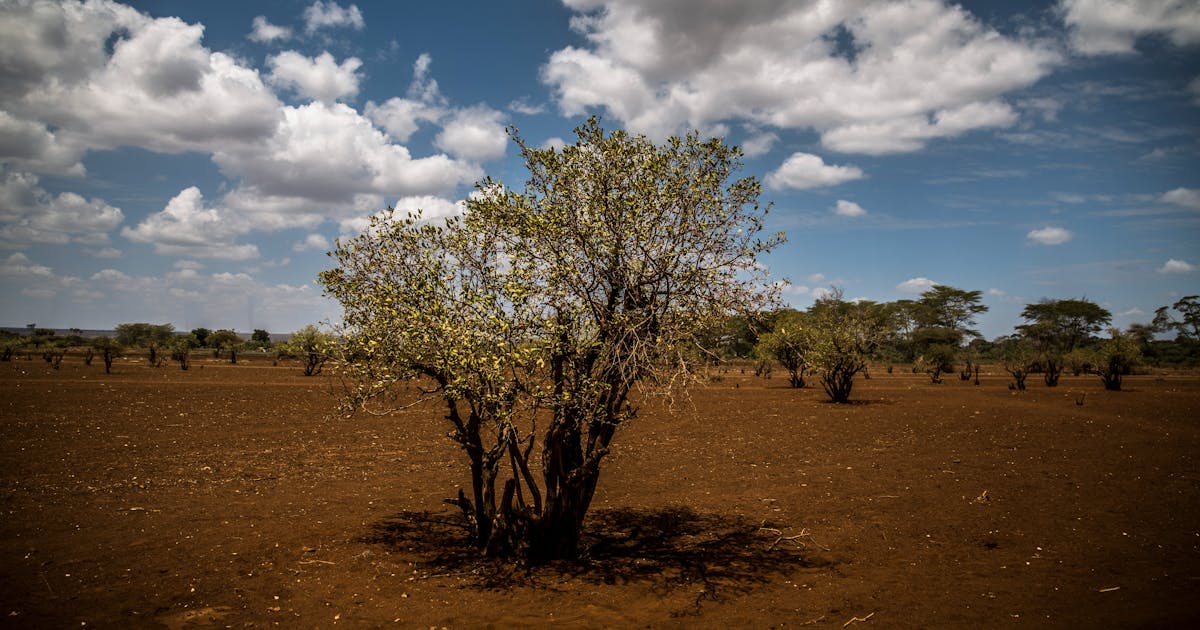After one of the hottest years on record worldwide, it seems as if the next few months will offer no respite. According to the Climate Prediction Center, there is a 90 percent chance that there will be an El Niño this season. What does that have to do with weather and climate change? Human Nature is here with answers.
What is El Niño?
The definition of “El Niño” — “little boy” or “Christ child” in Spanish, as it typically occurs in December around Christmas — is a natural weather event that causes warmer-than-usual waters in the eastern Pacific Ocean, and cooler-than-usual waters in the western tropical Pacific. These changes drive weather patterns that have global consequences. El Niño means below-average temperatures and more rain for the southern U.S., but hot, dry conditions for Australia, Indonesia, southeastern Africa and northern Brazil. The above-average ocean temperatures mean that fish migrate further north in search of cooler waters, and their predators follow suit. These migrations affect not only the marine food chain, but also humans that depend on those fish populations for nutrition and income. El Niño also causes a shift in precipitation, which means some areas may get more rain than usual while others get less, which affects agriculture.
How often does El Niño occur?
Typically, El Niño years occur every seven to 10 years, and they can actually be beneficial for ecosystems. It’s similar to when humans get a virus: Afterward, they have stronger immunity against getting sick in the future, and El Niño has a similar effect on the environment by placing stress on ecosystems, which can help strengthen them for the future. But, when El Niño happens more often than every seven to 10 years — as it has been recently — it can have the opposite effect. One of the strongest El Niño events ever recorded occurred in 2015-2016, affecting more than 60 million people and causing devastating coral bleaching, severe droughts and wildfires.
Is El Niño affected by climate change?
The short answer is that it’s very likely — but as of right now, climate models don’t have an exact answer. “Common sense would suggest that you can’t disrupt global atmospheric circulation without changing ocean circulation and the pooling of warm water in the Pacific that drives El Niño,” said Lee Hannah, senior scientist of climate change biology for Conservation International. A 2014 study in Nature found that the warming of the Earth will likely cause strong El Niños to become more frequent and damaging. So, a warmer Earth means that the impacts of El Niño are becoming worse.
Will it affect me?
El Niño will likely directly affect you if you live in California, the southern United States, Australia, Indonesia, southeastern Africa or northern Brazil. California may experience heavy rains, which after the recent wildfires would result in mudslides and flash flooding. The southern United States will likely experience a colder, rainy winter; Australia would see a dry, hot season that may result in even more wildfires than they are currently experiencing, and southeastern Africa and northern Brazil would also have hot and dry conditions — which can lead to crop failure and famine, according to Hannah.
Even if you don’t live in one of these regions, El Niño may indirectly affect you. Some of the regions typically hit by El Niño are agricultural areas, which means that the change in temperatures and rainfall would affect crops and food prices.
What’s the difference between El Niño and La Niña?
La Niña is essentially the opposite of El Niño. While El Niño causes higher ocean surface temperatures, La Niña results in cooler temperatures, and is typically seen as beneficial. Temperatures for most of the tropical Pacific ocean are cooler than usual and rainfall increases over countries such as Indonesia, where the waters are warm, and decreases over the central tropical Pacific Ocean (where the waters are cool). After an El Niño event, temperatures either return to “normal” or they switch to the other side of the spectrum — resulting in La Niña.
Olivia DeSmit is a staff writer for Conservation International.

